Soft Boundaries
Soft Boundaries
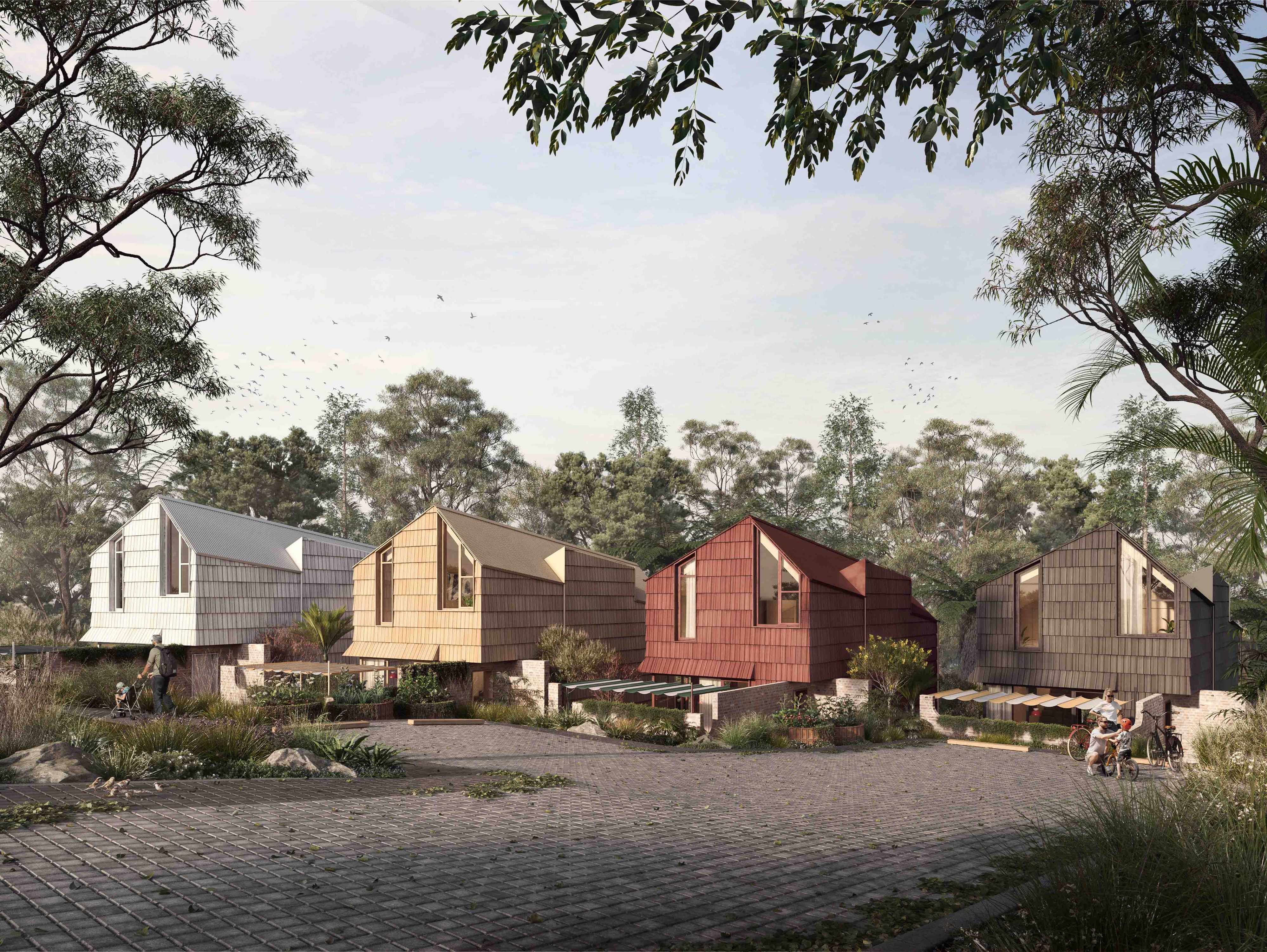
Approach — shared driveways, shared vegetable gardens & western courtyards.
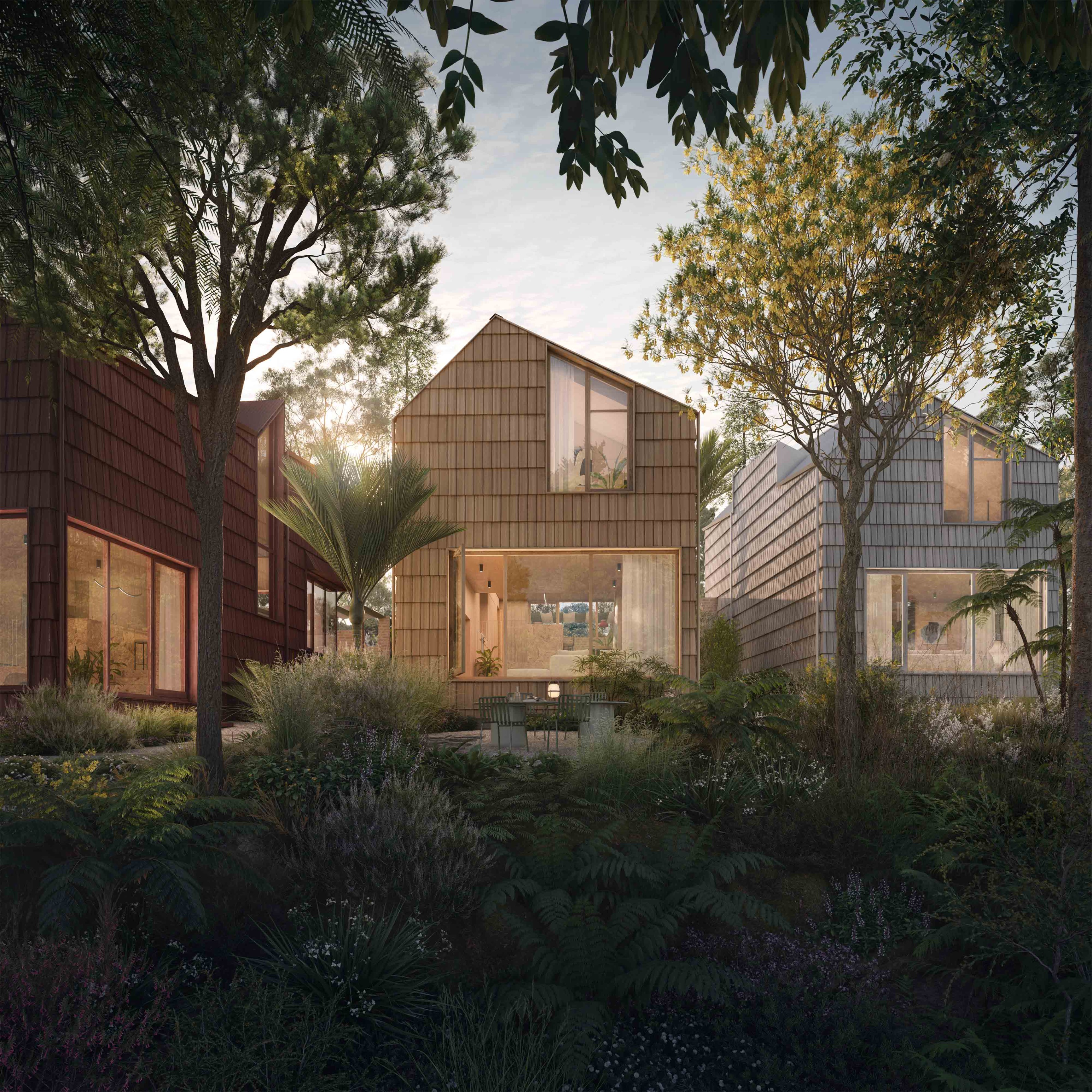
View from the native bush — Eastern Courtyards and lounge relationships.
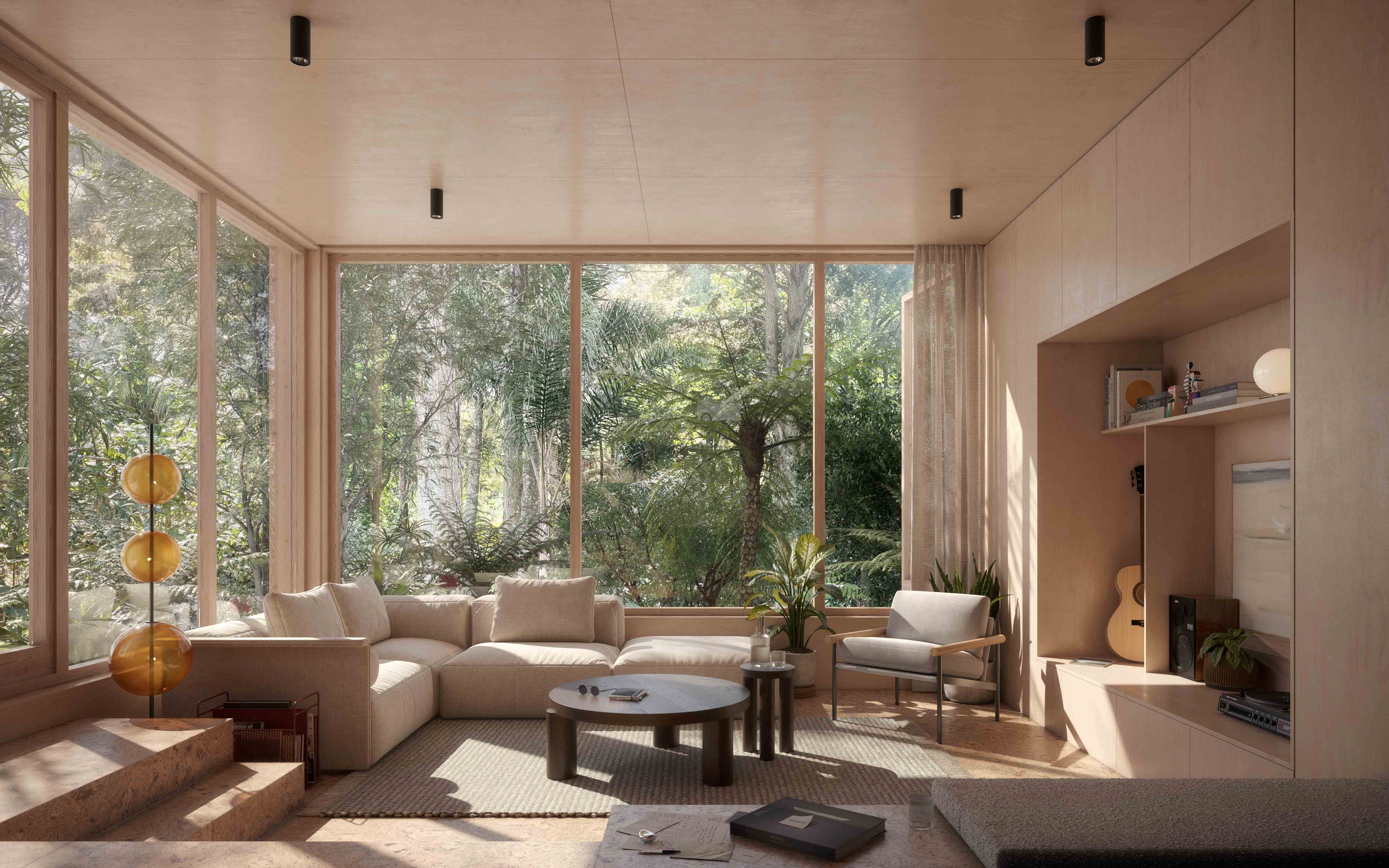
Lounge view — Views towards the North-East and the native bush.
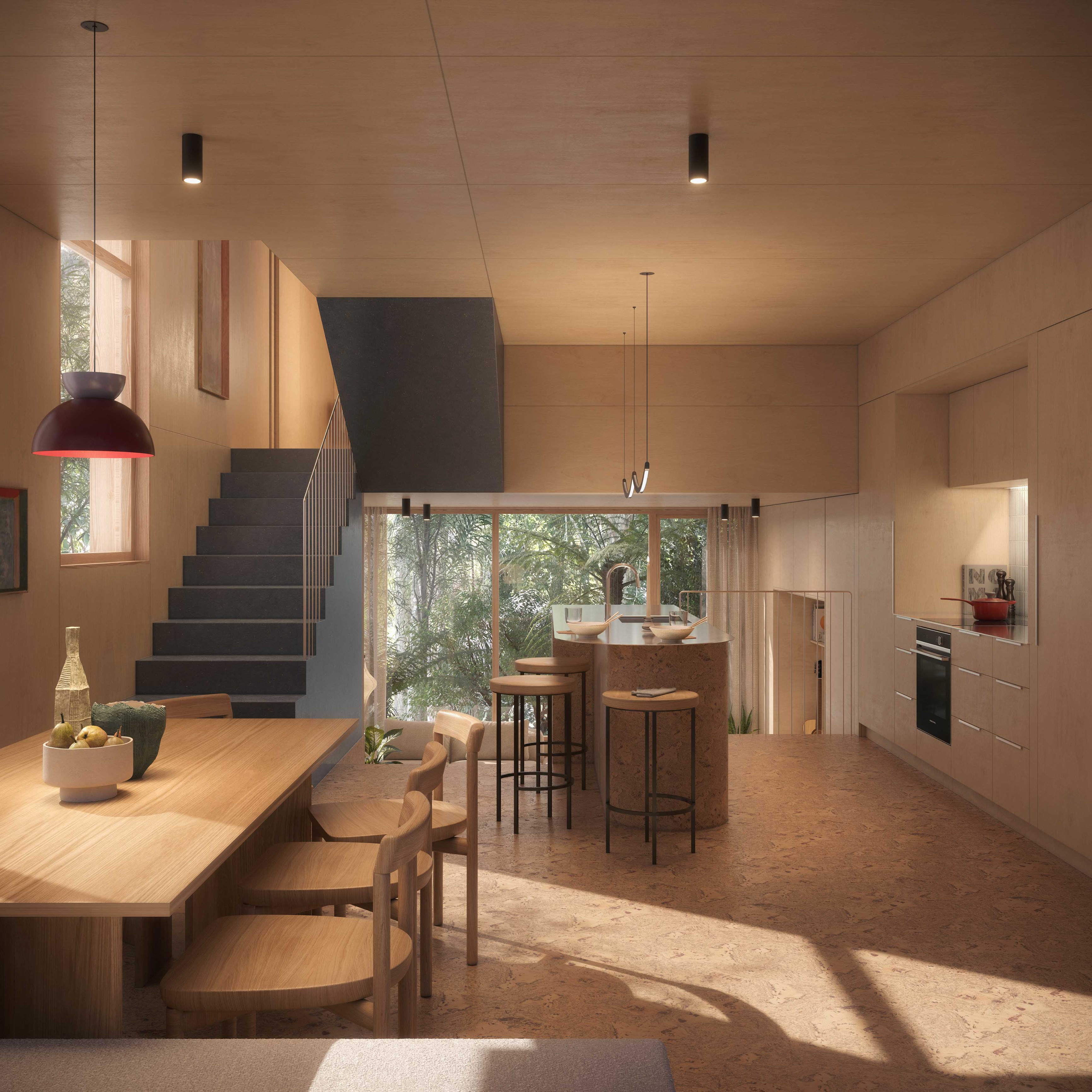
Dining & Kitchen View —

Western Coutyard — Sunken courtyard with relationship to dining room.
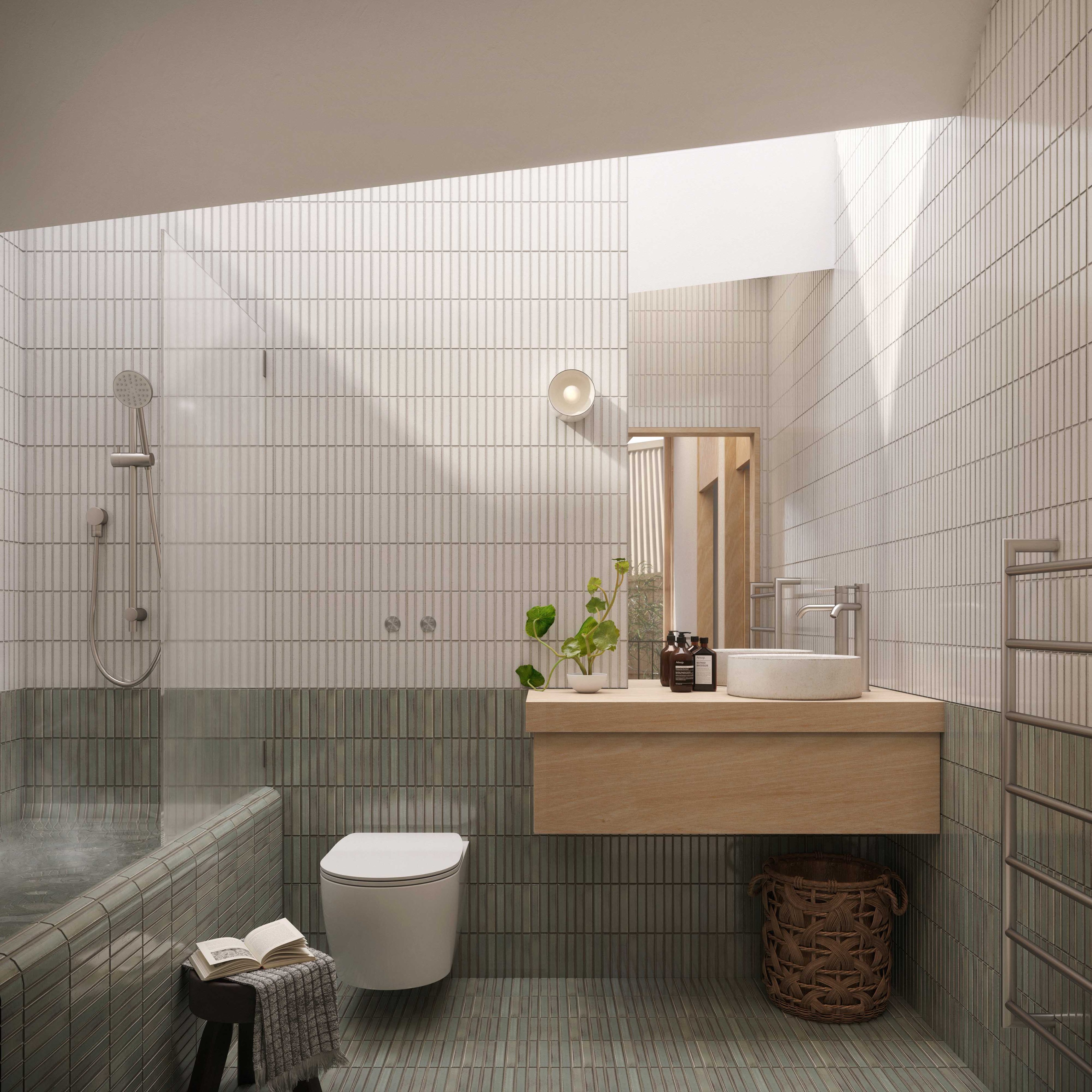
Main Bathroom — skylights above to bring light into the southern placed bathroom.

Main bedroom — Views towards the East and the native bush and ensuite behind the bedhead.
Discovery —

Existing Site Condition — Native bush on the east of the site.
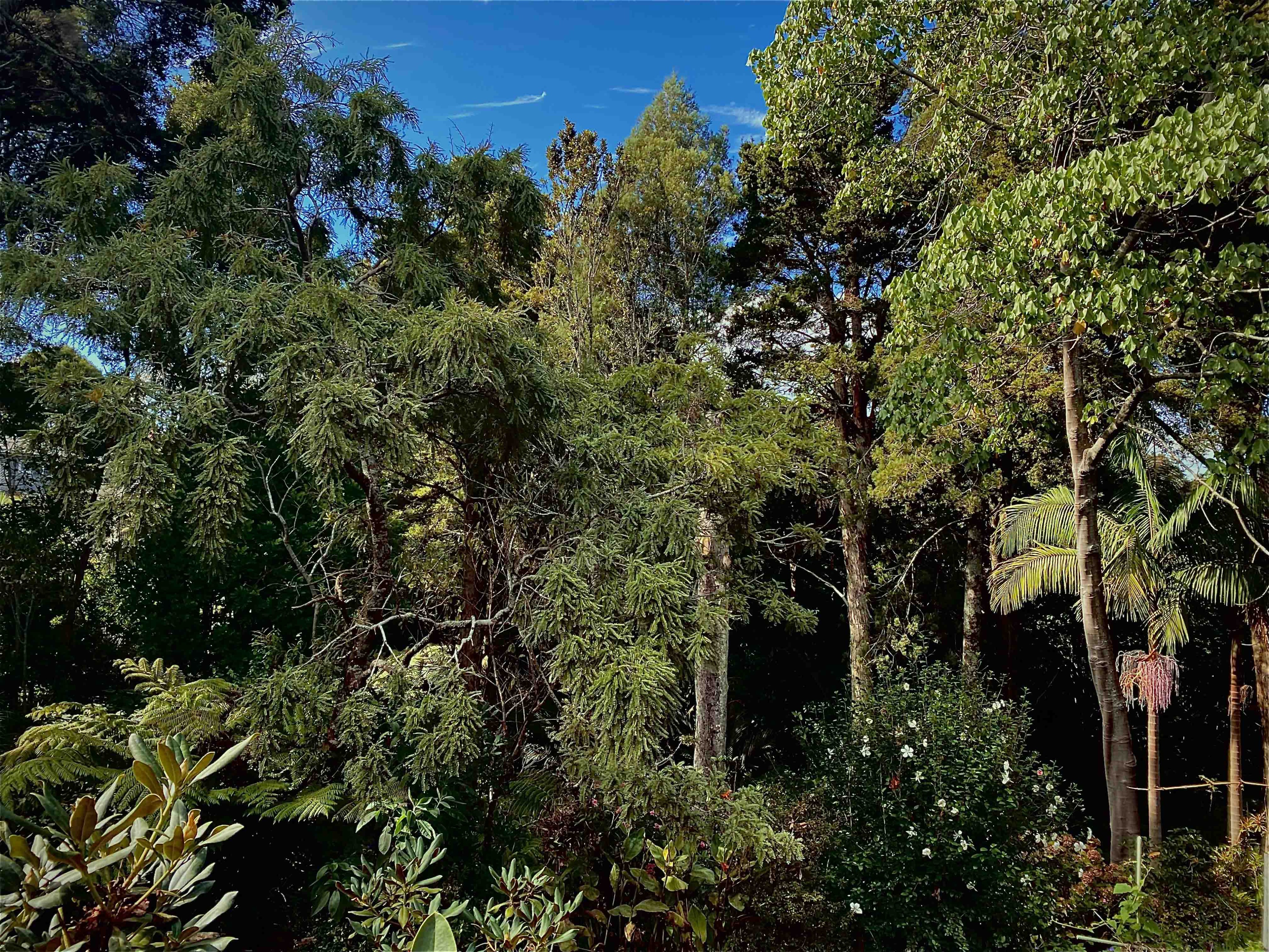
Existing Site Condition — Native bush with mature Totara, Puriri, Kowhai & Kanuka Trees.
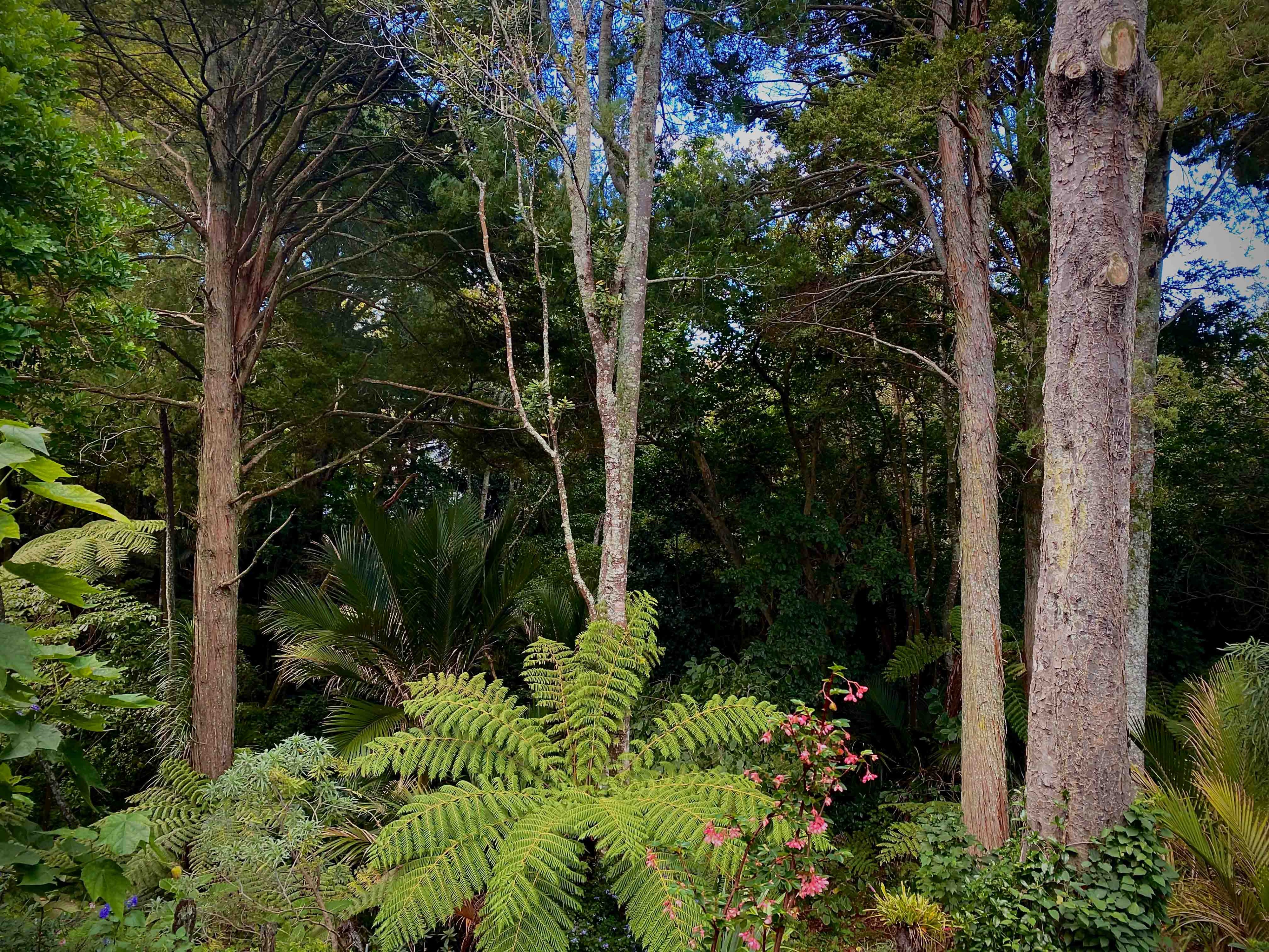
Existing Site Condition — Native bush to be enhanced, exotics removed and rewilded with natives.

Site Plan — Proximity to the Birkenhead shops, the local sports grounds and Kauri Glen Reserve.
Concept Design —
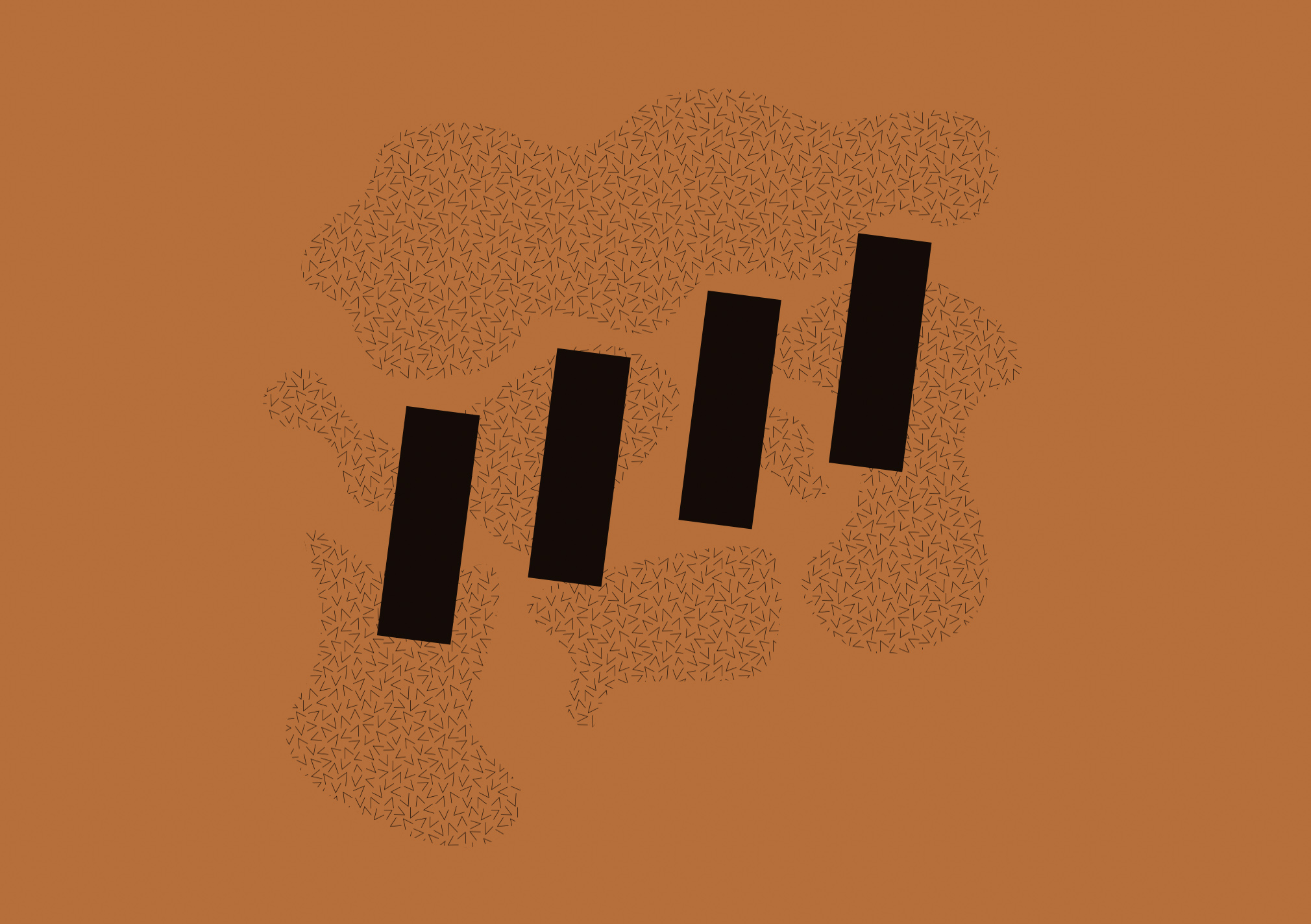
Conceptual Driver — The houses and the bush coexisting together.
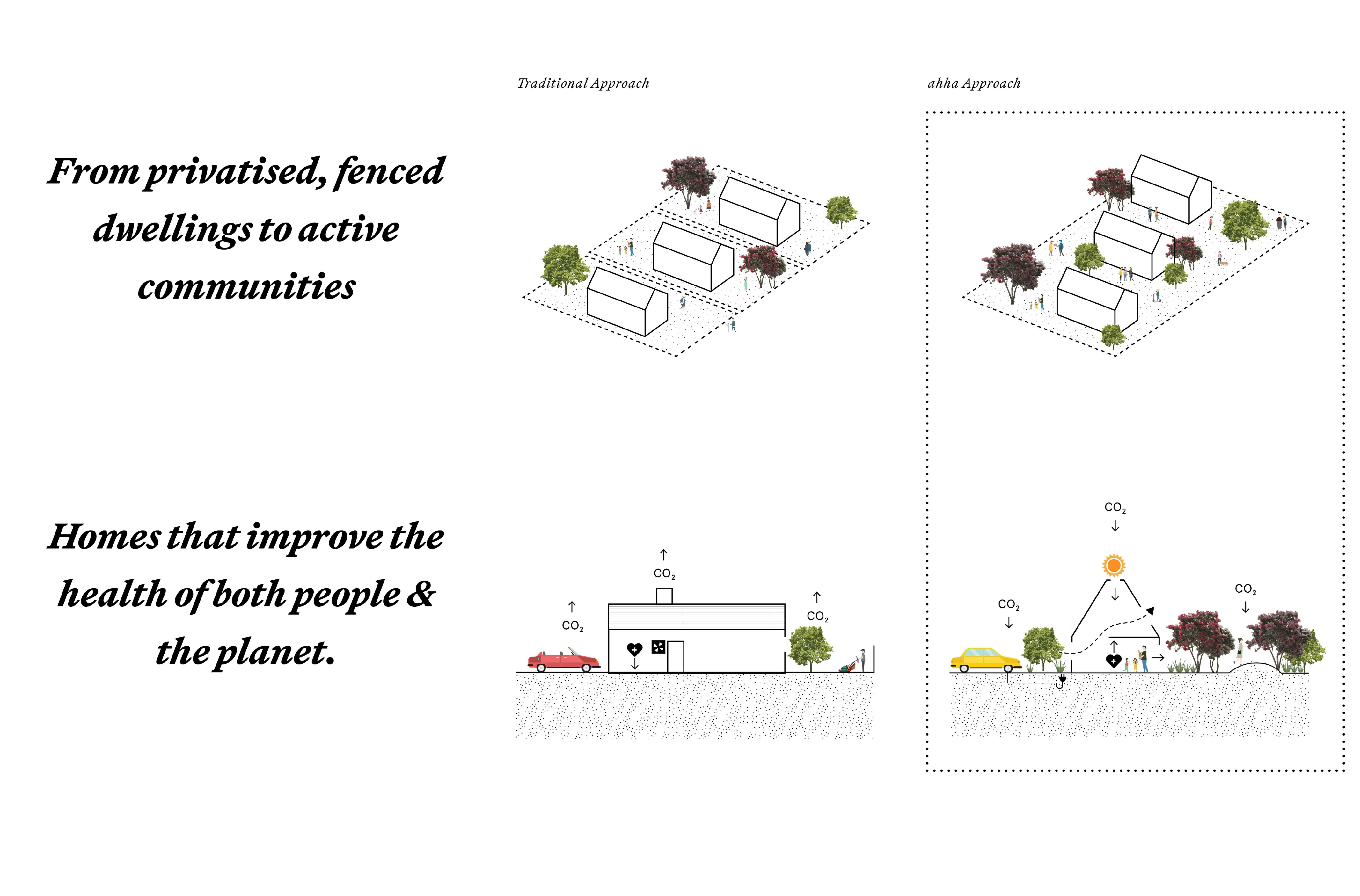
Conceptual Driver — The sustainability strategy derived from the ahha Impact Framework.

Approach —

View from the bush —
Preliminary Design —
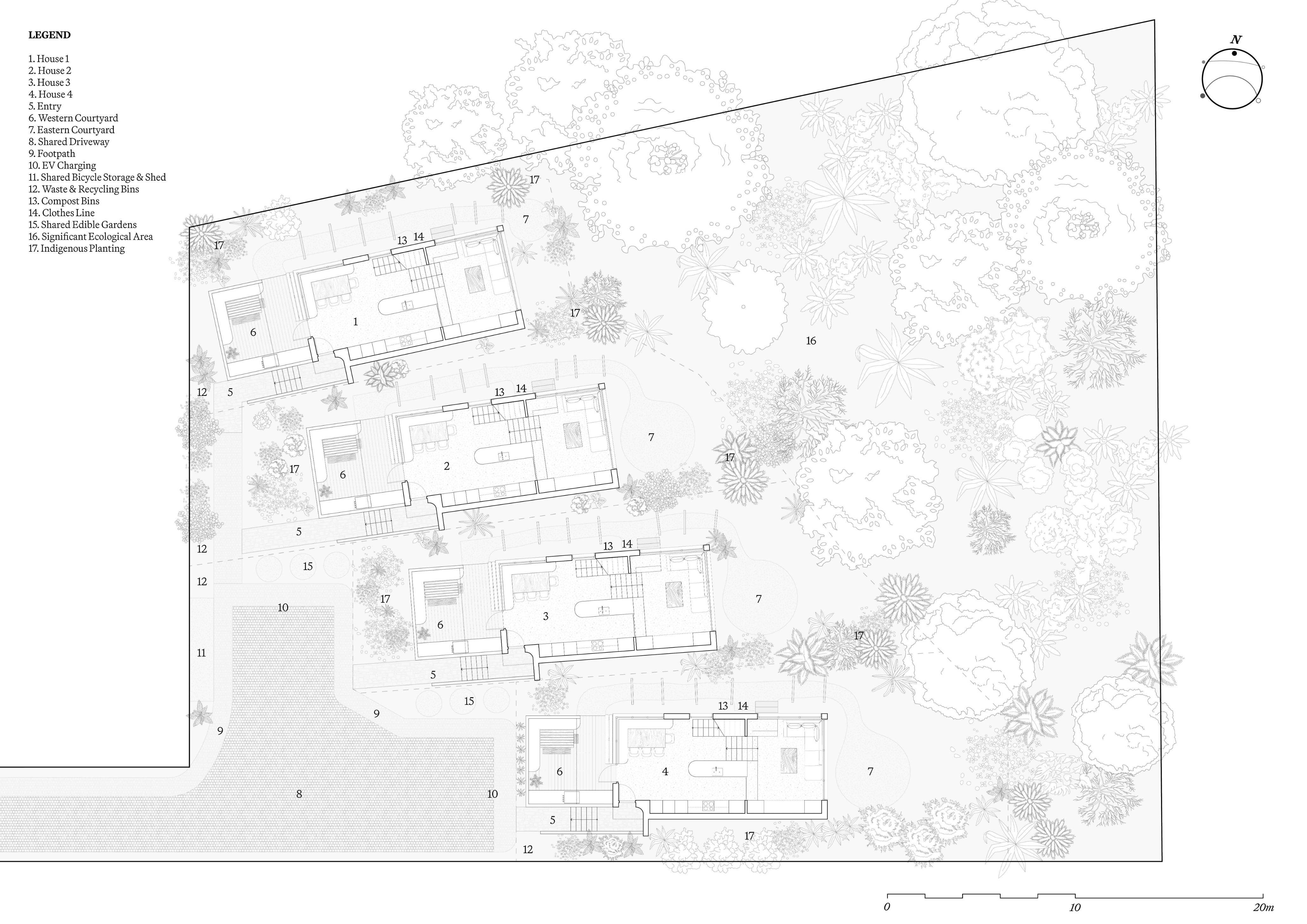
Relationship Plans —
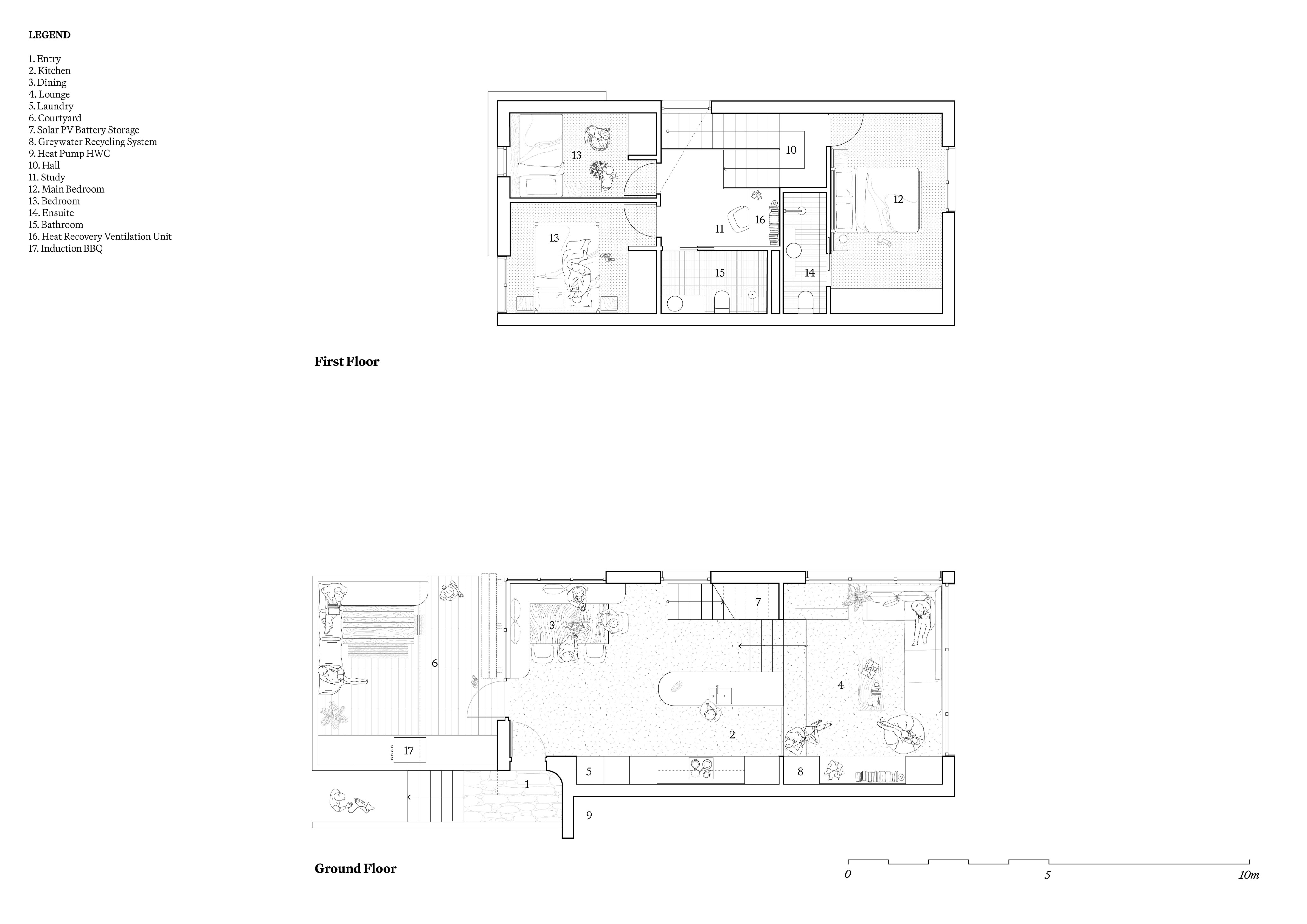
Indivudal House Plans —
Developed Design —
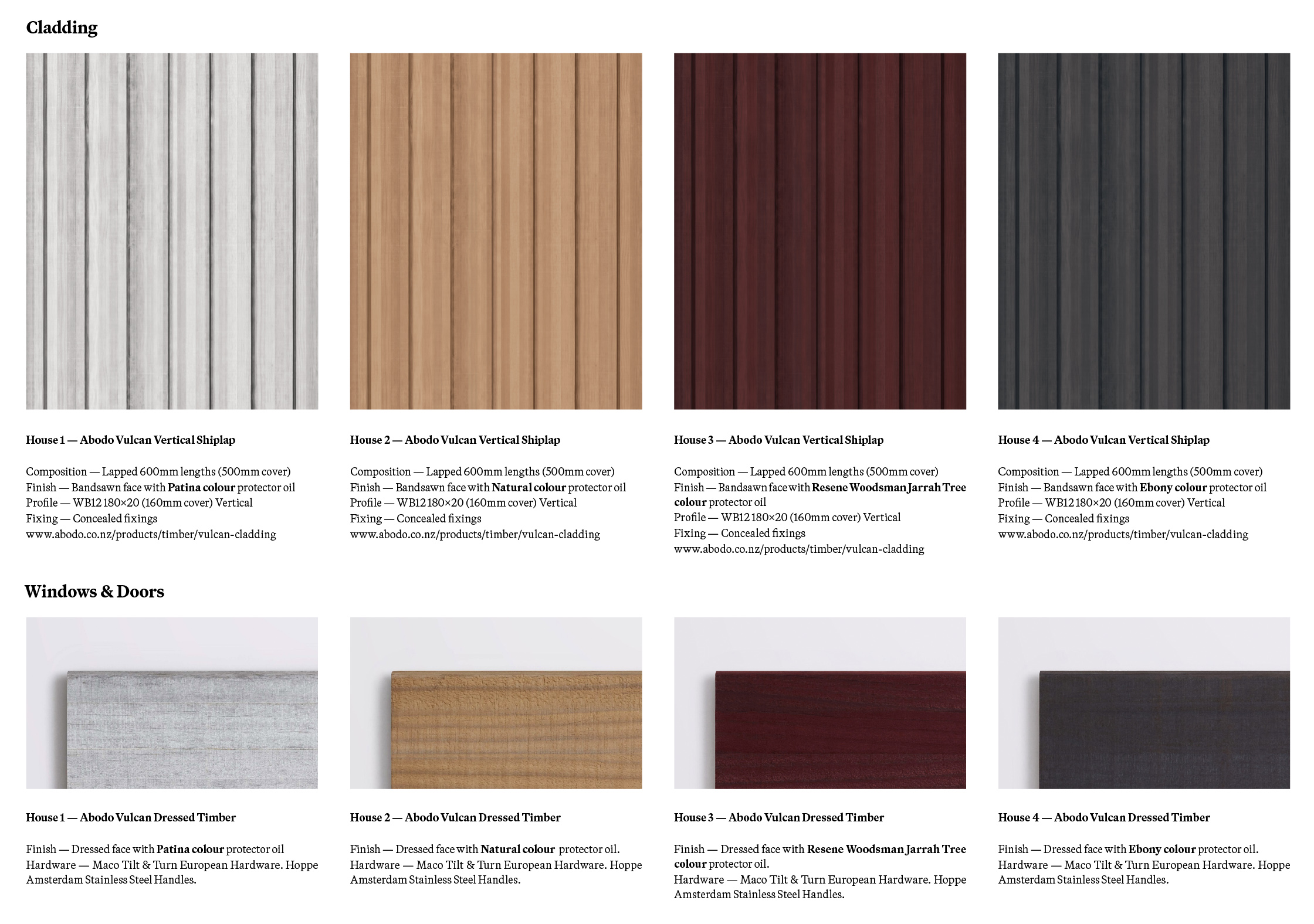
Material Pallet — Exterior.

Material Pallet — Interior.

Material Pallet — Exterior.
Information
-
Client
Good Good Housing
-
Location
Tāmaki Makaurau, Auckland
-
Year started
2021
-
Status
Developed Design
Soft Boundaries is designed with the aim to be New Zealand's most sustainable housing development. The project will supercharge the ecological potential of housing, moving beyond a sustainable build, and into a one that starts to regenerate the land and ecology it sits amongst.
The development consists of four new homes with a specific focus on living harmoniously with the land and native bush, being self-sufficient through energy generation and water conservation, and building a sustainable/regenerative micro community through the shared land uses.
The setting —
The four standalone houses are situated at the edge of a significant ecological native forest: Kauri Glen Reserve. With towering totara, nikau and puriri trees surrounding the houses, Tui Glen is a fitting name for the bird life that surrounds these homes.
The project seeks to sit lightly amongst this ecology, and the homes have been orientated and formed with this in mind. The low-lying homes follow the landform, orientated to both the sun and the bush. Utilised as grounds for sharing and community, the rewilded landscape orientates you around the site, where boundaries are blurred and courtyards and gardens curate an array of public, semi-private, and private spaces in and around the homes.
The design —
Inside each home, a split-level floorplan follows the contours of the land surrounding it. A kitchen, laundry, dining and courtyard sit on the ground floor, dropping down to a sunken lounge with sweeping bush views. Following the split level, the second floor features the main bedroom and ensuite, main bathroom, 2 bedrooms and a dedicated study/office space.
Each one of these spaces has been orientated around a vaulted light well over the stairs, carrying light deep into the house and its spaces. Careful placement of windows and skylights supplementing the lightwell. Walls and bench seats/day beds are placed to wrap around the inhabitants, and create different spots to dwell as the sun shifts around the home throughout the day.
Outside, chance encounters with neighbours are enhanced through a shared lot dedicated to the conservation and enhancement of the native bush, and through shared edible garden areas, recycling and composting systems, communal bike storage, shared car parking and EV vehicle charging. A high-performance building envelope, passive solar design, energy efficiency, PV solar collection/storage, rainwater harvesting, greywater recycling, waste minimisation and low/zero carbon local materials are significant considerations within this development.
The result —
Through the lens of the ahha Impact Framework, each one of these aspects is given the opportunity to realise a regenerative future for Aotearoa at a small-scale development level.
Project Team —
Surveyor — KWC
Geotechnical Engineer — Initia
Planner — 4Sight
Sustainability — Trish Love Consultants
Ecologist — 4Sight
Traffic Engineer — TPC
Quantity Surveyor — BQH
Structural Engineer — Engco
Civil Engineer — Everest
Drainage Engineer — Everest
Arborist — Peers Brown Miller
Landscape Architect — Xanthe White Design
Visualisations — Pillar Visuals